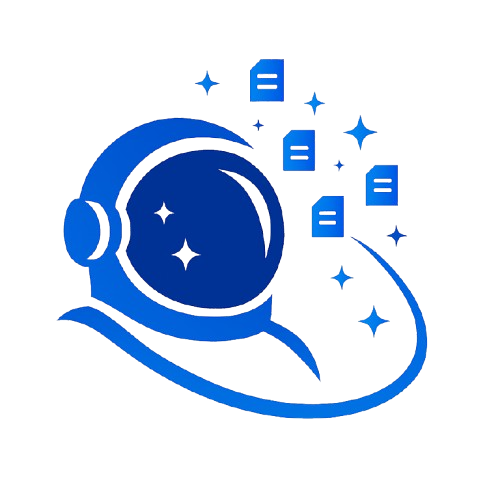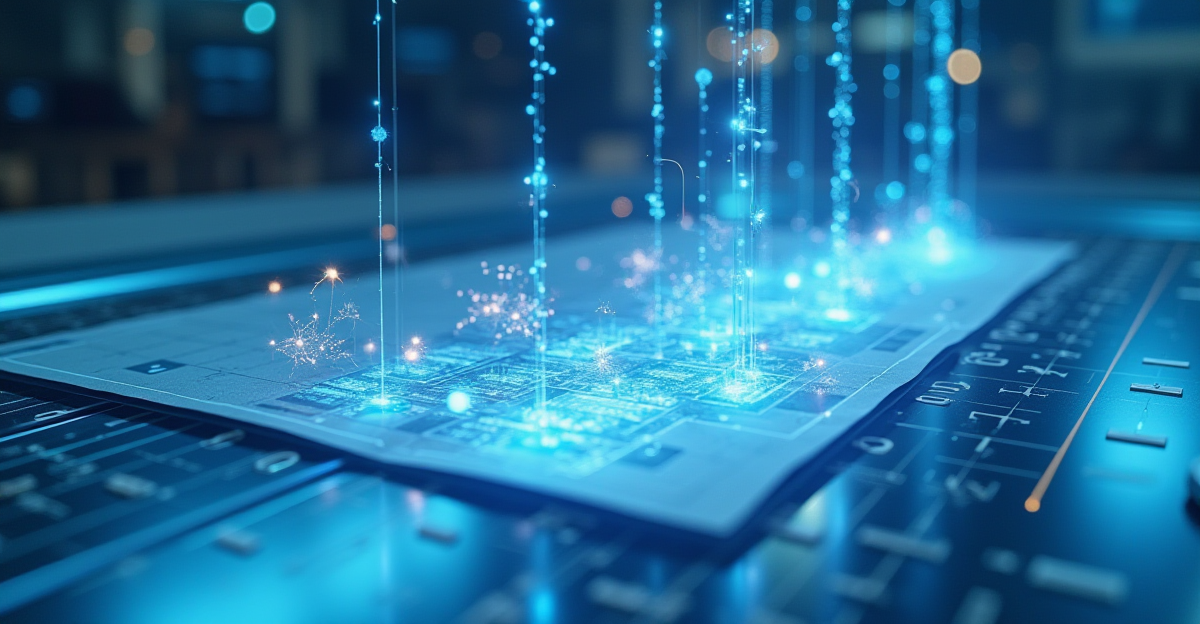Dynamic Knowledge Integration for Enterprise AI
What It Is
Retrieval Augmented Generation (RAG) represents an architectural approach combining language generation with information retrieval capabilities. Instead of relying exclusively on pre-trained knowledge, RAG systems connect to external databases and knowledge repositories.
When users input queries or prompts, the system retrieves relevant documents or information, integrating them into generated responses. This creates hybrid functionality: retrieval ensures information accuracy and currency, while generation maintains fluent and contextually appropriate responses.
Example Implementation: Customer service chatbots powered by RAG access company knowledge bases in real time to answer specific questions accurately while maintaining conversational and helpful interaction patterns.
🎧 RAG roundtable
Transcript
HOST:Welcome to today's discussion on Retrieval Augmented Generation, or RAG for short. I'm joined by our CEO and Engineer, who will help break down what RAG is and its applications in a business context. Let's start with the basics. What is RAG?
ENGINEER:Thanks for having me. RAG is a technology that combines natural language processing and information retrieval to generate human-like text based on a given prompt or query. It's essentially a way to augment AI models with external knowledge sources, allowing them to retrieve relevant information from a vast database and use it to inform their generated responses.
CEO:That's right. And this is where Ragonauts come in – our term for information explorers who are using AI to navigate and discover new insights in their respective fields. By leveraging RAG, Ragonauts can tap into a wealth of knowledge and generate high-quality content that's informed by the latest data and research.
HOST:I love the term Ragonauts! It's like astronauts exploring the vastness of space, but instead, they're navigating the vastness of information. Can you give us some examples of how RAG is being applied in a business context?
ENGINEER:Absolutely. For instance, we've seen RAG being used in customer service chatbots to provide more accurate and informative responses to customer inquiries. By retrieving relevant information from a knowledge base or database, these chatbots can generate personalized answers that address the customer's specific needs.
CEO:Another example is in content creation. With RAG, businesses can automate the generation of high-quality content, such as blog posts, social media updates, and even entire reports. This not only saves time but also ensures consistency and accuracy across all their marketing channels.
HOST:That sounds incredibly powerful. How does RAG enable Ragonauts to be more effective in their roles?
CEO:By providing them with a robust tool for information discovery and generation, Ragonauts can focus on higher-level tasks that require creativity, critical thinking, and strategic decision-making. With RAG, they can quickly retrieve relevant information, generate insights, and create high-quality content that drives business value.
ENGINEER:And it's not just about generating text. RAG can also be used to augment other AI models, such as language translation or sentiment analysis. By incorporating external knowledge sources, these models can become even more accurate and effective in their respective applications.
HOST:I see. So, what does the future hold for RAG and Ragonauts? How do you envision this technology evolving in the coming years?
CEO:We're excited to see how RAG will continue to transform the way businesses operate and create value. As AI continues to advance, we expect to see even more sophisticated applications of RAG, such as automated research assistants or intelligent writing tools that can help Ragonauts uncover new insights and generate breakthrough ideas.
ENGINEER:And with the rise of edge computing and decentralized data storage, we may see RAG being applied in even more innovative ways, such as in real-time data analytics or edge-based AI inference. The possibilities are endless, and we're just starting to scratch the surface of what's possible with RAG and Ragonauts.
HOST:Well, it's been fascinating to explore the world of Retrieval Augmented Generation with you both. Thanks for sharing your insights on this exciting technology and its applications in business.
CEO:Thank you! It's an exciting time for AI and information exploration, and we're thrilled to be at the forefront of this innovation.
ENGINEER:Absolutely. And who knows? Maybe one day, Ragonauts will be exploring not just the vastness of information but also the vastness of space itself – with AI as their trusted companion!
Expert Roundtable Discussion Highlights
Key Insights from Technical Leadership:
Engineer: "RAG combines natural language processing and information retrieval to generate human-like text based on prompts or queries. It augments AI models with external knowledge sources, allowing relevant information retrieval from databases to inform generated responses."
CEO: "Ragonauts (information explorers using AI) leverage RAG to tap into knowledge wealth and generate high-quality content informed by latest data and research."
Business Applications Discussed:
- Customer Service Enhancement: RAG-powered chatbots provide accurate, informative responses by retrieving relevant knowledge base information for personalized answers addressing specific customer needs
- Content Creation Automation: Businesses automate high-quality content generation including blog posts, social media updates, and comprehensive reports, ensuring consistency and accuracy across marketing channels
Strategic Value: RAG enables professionals to focus on higher-level tasks requiring creativity, critical thinking, and strategic decision-making by providing robust information discovery and generation tools.
Technical Extensions: RAG augments other AI models including language translation and sentiment analysis, incorporating external knowledge sources for enhanced accuracy and effectiveness.
Why It Matters for Enterprise Implementation
As AI integrates into business processes, static data training limitations become apparent. IT professionals need solutions providing current, precise, and environment-specific functionality.
RAG addresses these requirements through:
Enhanced Accuracy
Grounds AI responses in real data, reducing hallucination risks and outdated information delivery.
Specialized Domain Support
Enables access to proprietary or updated information essential for domain-specific applications.
User Empowerment
Facilitates effective retrieval, analysis, and content generation, making AI a genuine partner in research, content creation, and decision-making processes.
For IT professionals, understanding and implementing RAG means configuring AI systems that generate, fact-check, and contextualize outputs simultaneously.
Automation and Augmentation Possibilities
RAG introduces enhanced capabilities for enterprise operations:
Content Creation: Generate articles, reports, or posts aligned with latest information sources
Support Team Scaling: Automate responses grounded in dynamic knowledge repositories
Research Acceleration: Combine AI-driven discovery with human analytical judgment
Key Technical Takeaways
Architectural Benefits: RAG combines information retrieval strengths with language generation capabilities, creating AI systems that are both knowledgeable and fluent.
Error Reduction: Enhances relevance by grounding generated content in current, verified information sources.
Professional Implementation: Adopting RAG unlocks automated research capabilities, improved content creation processes, and enhanced decision-making support systems.
Evolution Trajectory: RAG technology will become central tooling for AI collaboration, generating meaningful, accurate, and valuable outputs in real-time enterprise environments.
Strategic Implementation Framework
RAG represents critical infrastructure for organizations requiring AI systems that maintain accuracy while providing dynamic, contextual responses. For IT professionals, this means designing and implementing systems that bridge static model knowledge with live organizational data.
The technology enables sophisticated automation while maintaining quality control through grounded information retrieval, making it essential for enterprise environments where accuracy and currency are paramount.
Advanced Exploration Tool
Use the provided LLM prompt for comprehensive RAG exploration. Compatible with ChatGPT-4o and Llama3.3:70b through instruct interfaces. Customize role and language preferences for targeted analysis of RAG implementation in your specific technical environment.
This framework enables IT professionals to evaluate, design, and implement RAG solutions that enhance organizational AI capabilities while maintaining information accuracy and relevance standards essential for enterprise operations.
MY ROLE: [YourRole]
OUTPUT LANGUAGE: [LANGUAGE]
I want to deeply explore how Retrieval Augmented Generation (RAG) works in a way that is directly relevant to my role.
Please explain:
What RAG is and how it functions beyond simple LLM outputs
Why RAG capabilities matter for my use case and how they improve AI performance and relevance
How to design, configure, or work effectively with RAG-powered systems in practical scenarios
Typical misunderstandings or pitfalls when dealing with RAG and how to avoid them
How to optimize tasks and workflows using RAG without unnecessary complexity or risks
Additionally:
Provide examples that make RAG intuitive and relatable for someone in my role
Suggest tools, frameworks, or methods to visualize and manage RAG behavior, retrieval sources, and outcomes
Offer advanced tips for deeper exploration tailored to my field and responsibilities, including integrating domain-specific knowledge and ensuring content accuracy


